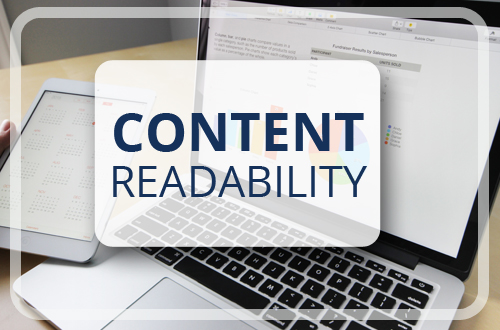Are you looking to improve the readability of your home care content? Let’s take a look at what the last US national assessment suggests about the country’s health literacy rate.
Health Literacy in the US and its Impact
Health literacy has a huge impact on a person’s health,life expectancy, and their ability to navigate the home care system and make well-informed choices.Yet, it is unfortunate that very few people are “proficient”-that is the actual term-or health literate (See the Table Below). According to the research, only 12% of the U.S. population had a proficient health literacy. The rest would have trouble understanding common health-related tasks, like following directions given on a prescription label or adhering to the childhood immunization schedule according to a standard chart. Those who struggle the most are typically seniors over 65 with no high school diploma, insurance, or Medicare/Medicaid.
Descriptions of Health Literacy
Health Literacy Level Task Examples
Proficient Use a table, calculate an employee’s yearly share of health insurance costs, etc.
Intermediate Read and understand instructions on a prescription drug label, and determine at what time they can take the medicines.
Basic Read a pamphlet, give 2 reasons someone with no symptoms should be examined for a disease, etc.
Below Basic Read some short instructions, identify what they should or shouldn’t drink prior to a medical test, etc.
Most seniors with communication barriers may also feel embarrassed to accept that they cannot understand or use the healthcare information. They may be too intimidated to ask any questions. Experiencing anxiety during a health situation-for example, after a diagnosis or during a visit to the emergency department-may also reduce the ability to comprehend information to make the right choices.
The health literacy level of a person may also influence their satisfaction with the care they receive.
What Does This Mean for Healthcare Agencies?
Well, the common goals of healthcare agencies-such as helping patients to book appointments, advertising their care services, and creating a trusted brand-can be impacted by the health literacy barriers. However, to make sure their message is conveyed and easily understood by readers, healthcare agencies need to create content while considering the following key pointers.
Write for Readability
The first and foremost step to create understandable healthcare content is to research your target audience’s health literacy levels as well as demographic information. You can accordingly tailor your content using the right combination of different strategies.
Write with Clarity
Writing clearly makes you an effective communicator. This is especially true when your readers have certain barriers to understanding home care information, so writing in a simple language is most likely to make it easier for them to understand your message and take action.
To simplify the healthcare content:
Take a conversational and user-focused approach. Speak directly to your readers. (For example, “Our experts may ask you questions about your health history and your current symptoms during your first appointment.”)
Use common terms rather than medical terms (for example – write “cancer doctor” instead of, or along with, “oncologist”). For clarity, you can provide some context clues by writing – “Our oncologist shave extensive experience in the diagnosis and treatment of all types of cancers”.
Break down medical terms or concepts. You can add simple definitions or give examples to explain them better. (e.g. – “Your doctor may recommend that you have a bone density scan. It is an imaging test performed to measure the bone strength.”)
Avoid idioms or cliches that a particular segment of your audience may not be familiar with. (like “clean bill of health”).
When organizing information, begin with simple concepts and gradually build up to the complex.
Use Person-First Language
Use ‘People First Language’ to tell your readers that you view them as people, not health conditions. For example, write “a person with diabetes,” rather than “a diabetic.”
When possible, allow different ways your potential clients can be active in their own care. For example, you can tell them that they can bring a family member or friend to the appointment so the latter can help them remember the discussion and important information. You can also suggest that they write down their questions or concerns prior to the consultation.
Web Writing for Everyone
Do readers with high literacy levels or specialized knowledge prefer complex content? The answer is “No”. Everyone typically chooses content that is easy to skim through and simplicity on the web even if they are a subject matter expert. Feel confident when you are representing your home healthcare brand-through content as straight-forward as possible.
Good Luck!



